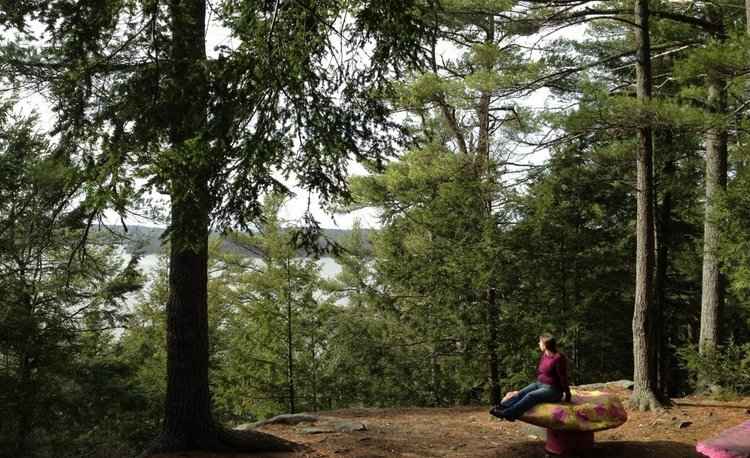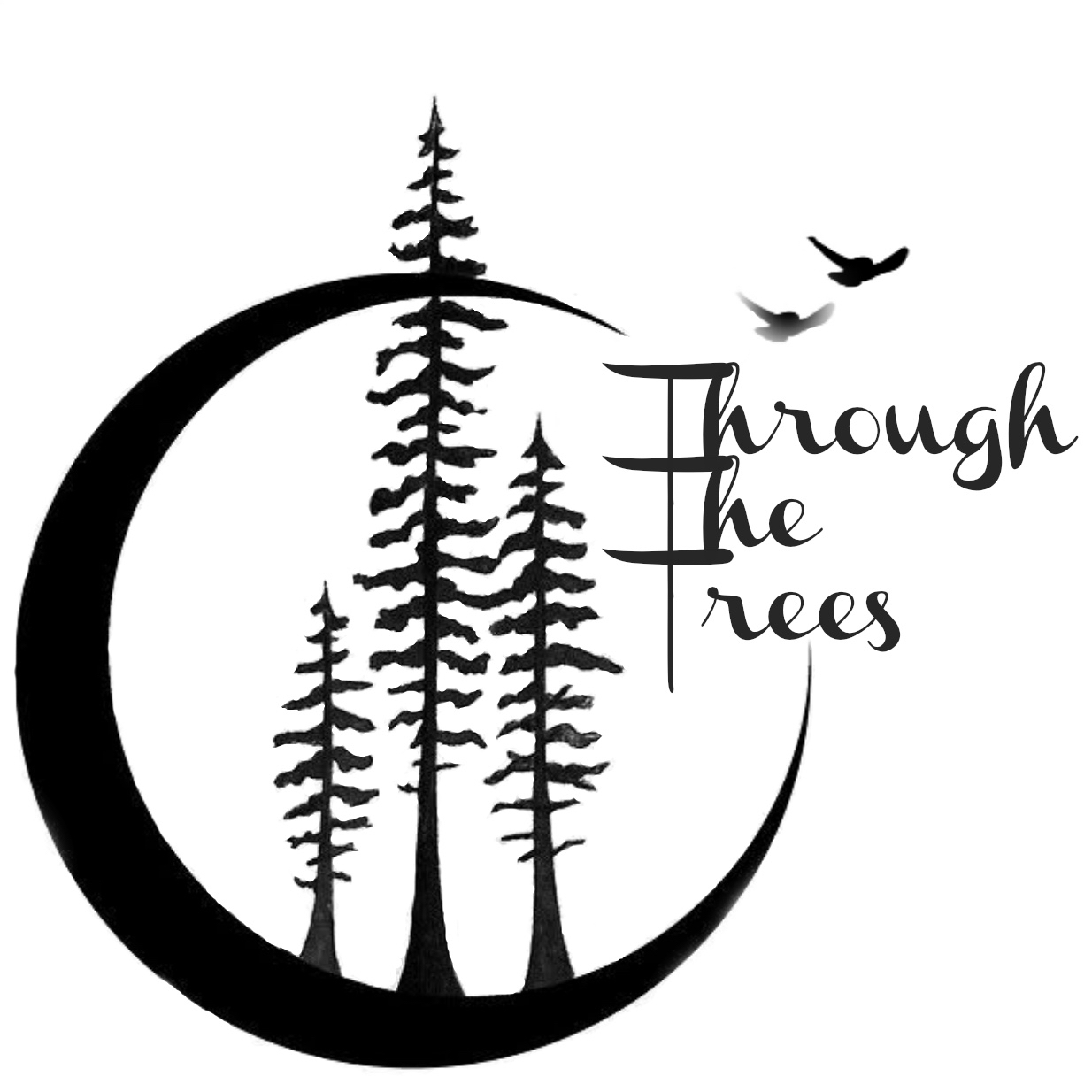Local Natural Wonders - Day 19

Local Natural Wonders - Day 19 - Thorne Head Preserve, Bath Maine
Located at the end of High Street in Bath, Maine is this beautiful preserve. Follow a series of trails through a mixed wood forest to a stunning view overlooking the Kennebec River Estuary. This is a great hike for kids, and a perfect place to go for a quick ,but rewarding, local hike.
Description (From Maine Trail Finder)
Thorne Head Preserve is conveniently located at the confluence of the Kennebec Estuary and Whiskeag Creek, at the northern end of the City of Bath. From the parking lot, a series of trails are available to the visitor, varying in difficulty from the easily accessible fifteen-minute Overlook Trail to the 5.1 mile Whiskeag Trail that connects Thorne Head Preserve to the Bath Area Family YMCA. With water bodies to the east, west, and north, visitors have great views of the estuary and the wildlife that rely on the preserve and the waterways.
Other interesting attractions at Thorne Head include the Mushroom Cap Trail and Murderer's Cave. A trip to Thorne Head can mean a thirty-minute walking trip down Overlook Trail and back, or a day full of exploration of the various secrets that the property harbors.
6 Natural Features Of Thorne Head (From the Kennebec Estuary Land Trust website)
-
Fresh Water Marsh: Just north of the main gate, this habitat supports migrating birds, feeding ducks, and is home to aquatic amphibians.
-
Mixed Woods: Old white pine, hemlock, oak and maple trees shelter migrating warblers and nesting birds requiring unbroken large tracts for protection. Owls hoot from woodland perches. Bald Eagles frequent tall trees at the water’s edge.
-
Vernal Pools: Spring Peepers, Wood Frogs and Spotted Salamanders lay eggs in pools that disappear in late spring, aiding survival of species that would be fish food in permanent ponds.
-
Tidal Wetlands: A highly productive ecosystem and habitat for many types of wildlife including waterfowl and wading birds. Thorne Head wetlands are home to two endangered plant species that thrive in diurnal inundations, parker’s pipewort, and estuary bur-marigold. Wild rice attracts thousands of migrating ducks in late summer and fall. Fish fry seek protection in the wetlands.
-
Riparian Areas: Land adjacent to waterways is used by 85% of Maine’s vertebrates. Amphibians populate the North Creek Outlet, a stream that may be viewed from the wooden foot bridge shown on the map.
-
Kennebec River Estuary: An estuary is the area of a river system affected by marine tides. The Kennebec estuary is known for 9 anadromous species; those inhabiting the river for part or all of their lives, including striped bass, now part of a world class fishery, and short nosed sturgeon, a protected, endangered species. Sturgeon may be recognized by the bony external shields along flank and back. You may see these fish breach in the fast flowing currents.
For Directions, a map and more check out the Kennebec Estuary Land Trust.

0 comments
Leave a comment
Please log in or register to post a comment